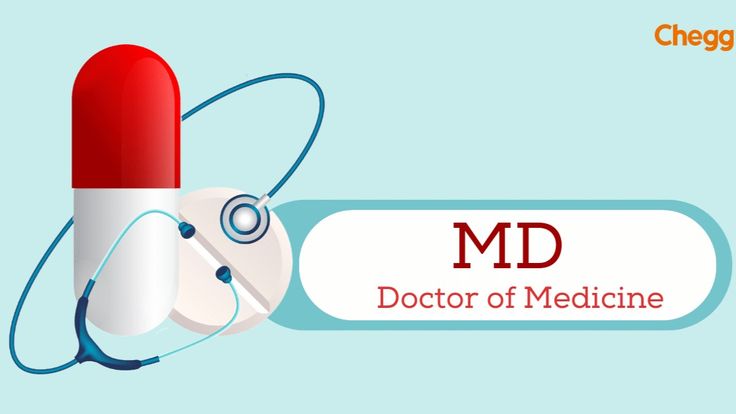Ph.D Combined MD: Introduction, Admission, Registration, Eligibility, Duration, Fees, Syllabus 2024

Introduction:
The combined MD-PhD degree is a dual graduate education program designed for those aiming to become physician-scientists. This challenging and rewarding program combines medical training with intensive research in various biomedical fields, providing graduates with the skills to both treat patients and conduct breakthrough medical research. The goal of this program is to create leaders in medicine who are equally comfortable in the clinical and research environments.
Admission Process:
- Initial Application: Candidates must submit an application through the American Medical College Application Service (AMCAS), which includes personal statements, a CV, and transcripts.
- MCAT Scores: All applicants are required to submit their Medical College Admission Test (MCAT) scores.
- Letters of Recommendation: Letters should ideally come from both clinical and academic mentors who can speak to the applicant's potential in both medicine and research.
- Secondary Applications: Based on initial screenings, many programs request a secondary application that includes additional essays and detailed research experience descriptions.
- Interviews: Selected candidates are invited for interviews, which typically involve both the medical and graduate school faculties to assess compatibility with the dual-degree program.
Eligibility Criteria:
- Educational Background: Applicants need a bachelor’s degree with a strong foundation in science, typically including coursework in biology, chemistry, physics, and math.
- Research Experience: Extensive laboratory or clinical research experience is highly valued and often essential.
- Academic Excellence: High academic performance, particularly in science courses, and competitive MCAT scores.
- Commitment to Dual Careers: Demonstrated commitment to both clinical practice and research.
- Interpersonal Skills: Strong communication and teamwork skills, crucial for managing the demands of both patient care and collaborative research.
- Leadership Potential: Evidence of leadership experience, either in academic, research, or community settings.
Completion Time:
The combined MD-PhD program typically takes 7 to 8 years to complete, which includes the time for medical school, doctoral coursework, and research dissertation.
Career Opportunities:
- Academic Medicine: Most graduates become faculty members at medical schools, where they teach, see patients, and conduct research.
- Biomedical Research: Opportunities in pharmaceutical companies, biotechnology firms, and governmental agencies.
- Clinical Practice with Research: Some graduates focus more heavily on clinical practice but still engage in research projects.
- Healthcare Policy: Positions in governmental or international agencies that shape public health policies.
- Entrepreneurship: Launching start-ups based on research findings or new technologies.
Syllabus Highlights:
- Medical School Curriculum: Basic sciences, clinical skills, and rotations in various medical specialties.
- PhD Courses: Advanced courses in the chosen field of research, such as genetics, neuroscience, biochemistry, or public health.
- Research Methodology: Training in statistical analysis, experimental design, and ethical research practices.
- Dissertation Research: An original research project that contributes new knowledge to the field.
- Clinical and Research Ethics: Courses addressing ethical issues in clinical and research settings.
Internship Opportunities:
- Clinical Rotations: Hands-on experience in various medical specialties during medical school years.
- Research Internships: Opportunities to work in cutting-edge research labs, often including summer internships at other leading institutions.
- Industry Placements: Some programs offer internships in pharmaceutical companies or biotech firms.
Scholarships and Grants:
- NIH Medical Scientist Training Program (MSTP): Federally funded scholarships that cover tuition and provide a stipend.
- Institutional Scholarships: Many universities offer their own scholarships for MD-PhD students.
- Private Foundation Awards: Grants and fellowships from foundations interested in advancing medical research.
- Conference Travel Grants: Support for attending national and international scientific conferences.
- Research Grants: Opportunities to apply for research funding from various sources during the PhD portion of the program.
FAQs:
What makes the MD-PhD different from just an MD or PhD alone?
The combined degree is designed to integrate clinical medicine with scientific research, preparing individuals to bridge the gap between medical practice and biomedical research.
How competitive is admission to the MD-PhD program?
These programs are highly competitive, with admission rates typically much lower than for standard medical school admissions.
Can I choose any specialty for my PhD?
While most candidates pursue PhDs in fields closely related to medicine, such as biochemistry, genetics, or neuroscience, some programs may offer broader options.
What support systems are available for MD-PhD students?
Most programs provide extensive mentoring, advising, and support networks, recognizing the unique challenges faced by dual-degree students.
Are there special considerations for international students?
International students face more stringent admissions processes and often have limited access to funding sources like the MSTP.




